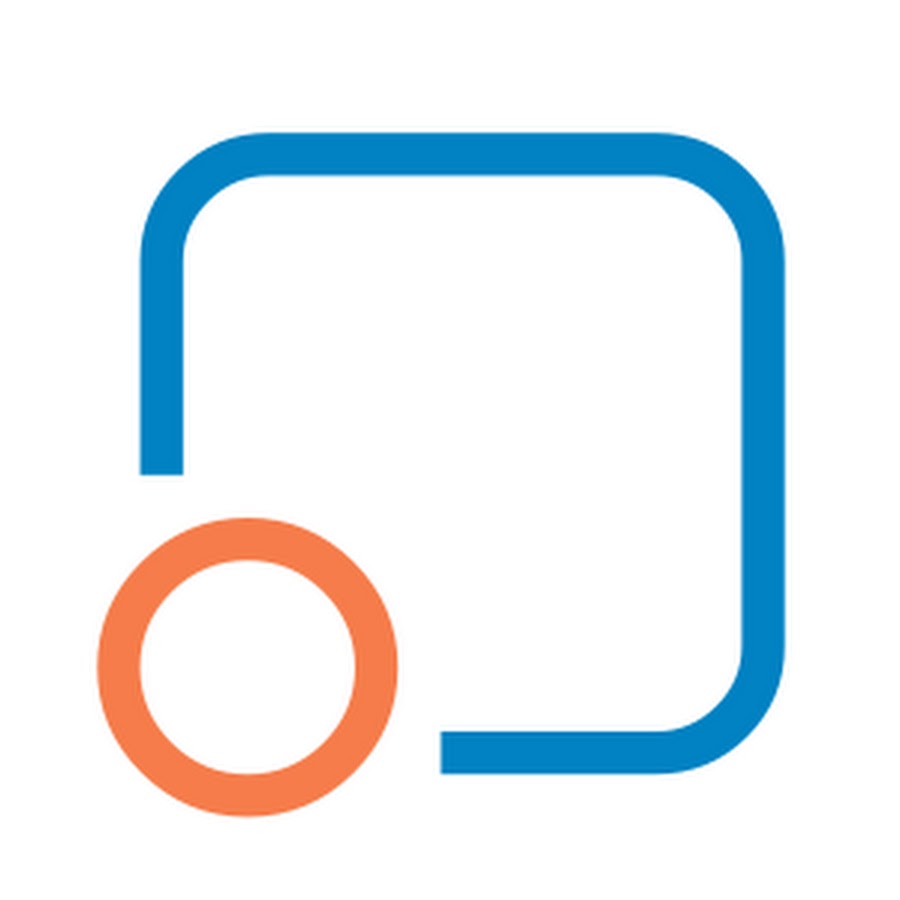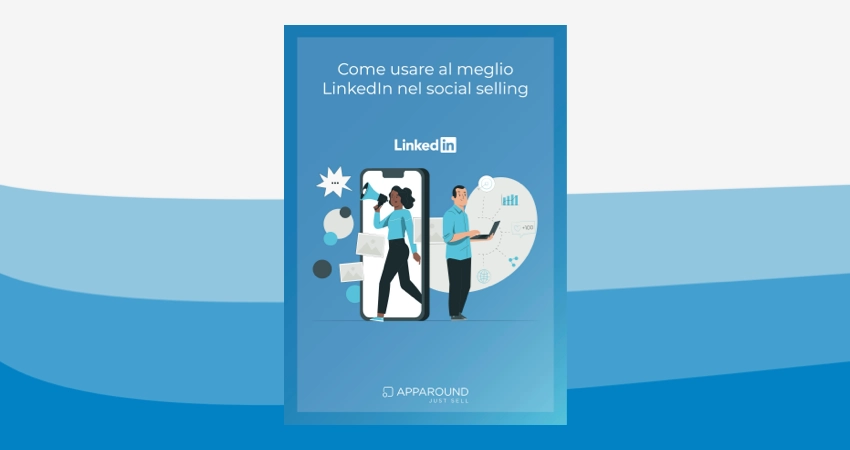In March 2025, Salesforce confirmed that its CPQ (Configure, Price, Quote) product has entered the End of Sale (EOS) phase: it will no longer be sold to new customers, though existing users will continue to receive support. This move effectively marks the end of the SteelBrick CPQ era (the solution acquired by Salesforce in 2015 for $360 million) and raises a strategic question for every B2B company relying on Salesforce CPQ for quote configuration, pricing, and proposal generation. In this article, we examine the implications of this shift – in terms of cost, implementation timelines, feature sets, and future roadmaps – and explain why Apparound stands out as the top alternative to ensure continuity, efficiency, and control during your CPQ migration.
EOS Is Not Yet EOL, but the Clock Is Ticking
End of Sale means Salesforce CPQ is no longer available for new customers. The next step is End of Life (EOL), when all support and updates will cease. While Salesforce hasn’t yet announced a final EOL date, industry analysts view this EOS phase as the start of a gradual phase-out – typical in enterprise software life cycles.
Best practices suggest a 4–5 year window between End of Sale and End of Life, putting the expected EOL around 2029–2030. That means the time required to evaluate, select, and implement a new CPQ platform could overlap with the natural complexity of a full migration.
Even today, Salesforce CPQ customers are noticing signs of decline: slower ticket resolution, fewer bug fixes, and support teams redirecting feature requests with answers like “Have you considered Revenue Cloud?”
Why Revenue Cloud Isn’t a Simple Upgrade
Salesforce is positioning Revenue Cloud Advanced as the native successor to CPQ. On paper, it’s a full “quote-to-cash” platform. In reality, it’s not an upgrade. It’s a full reimplementation. Every configuration, rule, and workflow built over the years must be rebuilt from scratch. Experts are clear: “There’s no upgrade path – it’s a full rebuild.”
Revenue Cloud introduces new data models, business logic, and UI elements, forcing organizations to rethink their quoting processes entirely to fit the new platform.
This is why analysts estimate an 18–24 month timeline for a typical Revenue Cloud implementation. Cost is another major factor. According to Salesforce’s pricing, Revenue Cloud Advanced is roughly $200 per user/month (billed annually) – often a 30-40% increase over legacy CPQ licenses. It also bundles additional modules (billing, subscription management, revenue recognition, etc.) that many businesses already manage via ERP or finance systems – meaning you may pay for features you don’t need.
Beyond licensing, professional services and consulting fees add up fast. For enterprise companies with around 500 sales reps, the move to Revenue Cloud can easily demand $300K–$750K annually in extra licensing alone – plus migration and training costs.

To make matters more challenging, Revenue Cloud is still relatively new. Salesforce is adding features gradually, and the platform may not yet support all the needs of mature sales operations. In short, you risk a costly, time-consuming transition to a product that’s not fully proven.
The Rise and Fall of SteelBrick
To understand this transition, it’s useful to look back at the history of Salesforce CPQ. Born from the acquisition of SteelBrick in 2015, the CPQ offering promised tight Salesforce integration and rapid innovation. Instead, development slowed over time. Here’s a quick timeline:
-
2015–2017: Partial integration of SteelBrick into Salesforce.
-
2018–2021: Slowed roadmap with few new features.
-
2022–2024: Development nearly frozen as focus shifted to Revenue Cloud.
-
2025: Salesforce CPQ officially enters End of Sale.
The signs are clear: declining support, limited innovation, and partner ecosystems redirecting focus to more profitable technologies. Some observers see this as a classic software vendor playbook: acquire a successful product, monetize the installed base, then push everyone onto a more expensive, higher-margin platform. The End of Sale makes this transition official.
What to Expect Over the Next Five Years
Salesforce CPQ’s phase-out will follow a predictable timeline:
-
2025–2026: Declining support and slower issue resolution.
-
2026–2027: Aggressive Salesforce campaigns to push Revenue Cloud (upsells, incentive offers, reduced legacy discounts).
-
2027–2028: Formal End of Life announcement with migration deadlines.
-
2029–2030: End of all support for Salesforce CPQ – full sunset.
This timeline gives organizations a limited window to act. The closer you get to EOL, the more urgent (and risky) the migration becomes. Planning now is essential to avoid an emergency scenario.
A More Competitive, Innovative CPQ Market
There’s a silver lining: Salesforce stepping away from the CPQ space is creating market momentum:
-
Faster innovation from specialized CPQ vendors: Pure-play CPQ providers are investing in AI-powered pricing, mobile-first UX, and vertical-specific configurators. Salesforce’s exit opens room for more modern, focused solutions.
-
Competitive pricing: More vendors mean more competition, keeping project and licensing costs under control.
-
Skilled implementation partners available now: As of today, many system integrators and CPQ consultants still have bandwidth. But once mass migration begins, availability will shrink. Acting now secures top-tier partners before their schedules fill up.
Among the emerging alternatives, Apparound is gaining recognition across Europe as the go-to choice for B2B companies seeking next-generation CPQ. Let’s take a closer look at how it compares to Revenue Cloud.
Salesforce Revenue Cloud vs. Apparound: Key Differences
With Salesforce CPQ sunsetting, organizations have two paths: migrate to Revenue Cloud or adopt a standalone CPQ like Apparound. Here’s how they stack up:
-
Architecture & Features: Revenue Cloud is part of a bundled revenue management suite – including CPQ, billing, subscriptions, revenue recognition, and analytics. It’s meant to handle the full order-to-cash cycle. Apparound, by contrast, is a pure CPQ platform focused on product configuration, pricing, quoting, and e-signature – without unnecessary extras. That means no overlap with existing tools like ERP and less complexity for users. In short: Revenue Cloud offers more features, but Apparound delivers laser focus and avoids overkill.

-
Implementation Time: Revenue Cloud requires a full rebuild with cross-team involvement (IT, sales, finance, legal). Typical go-live: 18–24 months. Apparound projects, thanks to verticalized templates (e.g., energy, telco, manufacturing, services) and an agile approach, can go live in 3–4 months – cutting time-to-value in half.
-
Total Cost: Revenue Cloud’s $200/user/month pricing plus consulting fees make it a costly endeavor. Apparound offers more affordable licensing and requires fewer professional services due to strong out-of-the-box configurability. One real-world example: a company with 500 sales reps reported full ROI from switching to Apparound in just 11 months, thanks to reduced licensing and consulting costs.
-
Integration & Flexibility: Revenue Cloud shines inside Salesforce’s ecosystem. Apparound, on the other hand, is CRM/ERP-agnostic with native connectors for Salesforce, Microsoft Dynamics 365, and HubSpot – plus open REST APIs. You can integrate Apparound into your current architecture without disruption, syncing accounts, quotes, and opportunities in real time.
-
User Experience & Adoption: Revenue Cloud introduces a new UI and includes AI tools like Agentforce – but still requires time for sales teams to adapt. Apparound is designed with a seller-first philosophy. Its modern, mobile-first interface works seamlessly on tablets and in client meetings. Advanced features like the Digital Sales Room let reps share interactive quotes, videos, and documents with customers – while tracking engagement in real time. This UX focus leads to higher adoption and faster, more controlled sales cycles.
Success Story: Migrating 500 Reps in Just 100 Days
A European utility company migrated its entire CPQ process from Salesforce to Apparound for a team of 500 reps. The project took just over 100 days – something unheard of with Revenue Cloud.
The post-go-live results were impressive:
-
+32% faster quote generation: Sales teams now build and send quotes in one-third less time.
-
–95% pricing errors: Automated pricing rules virtually eliminated human mistakes.
-
11-month payback: Cost savings from licenses and consulting paid off the investment in under a year.
This proves Apparound can deliver fast, smooth Salesforce CPQ replacements with clear operational and financial gains.
Why Now Is the Right Time to Act
Waiting may feel “safe,” but delay comes with growing risks and missed opportunities. Each passing quarter reduces your flexibility and increases migration costs – higher licensing fees, tighter partner availability, rising urgency.
By acting now, you can:
-
Negotiate better deals: With CPQ vendors in fierce competition, early movers can lock in lower prices and better terms.
-
Plan without pressure: You can pilot gradually, refine the rollout, and train teams without rushing.
-
Start innovating today: Upgrading to a modern CPQ like Apparound immediately improves sales performance – faster quotes, cleaner processes, better customer experience.
Doing nothing means defaulting to the costliest, slowest option – investing in a deprecated product and facing a rushed migration later under less favorable condition. That’s a scenario every business should avoid.
Next steps
If your company uses Salesforce CPQ, now is the time to take proactive steps. Apparound offers a proven migration framework and a modern CPQ platform built for the future.
Book a personalized demo or request a free assessment. Our team will analyze your current setup and develop a tailored migration plan to turn this challenge into a strategic upgrade. Don’t wait for EOL to become urgent – start building the future of your CPQ with Apparound today.




